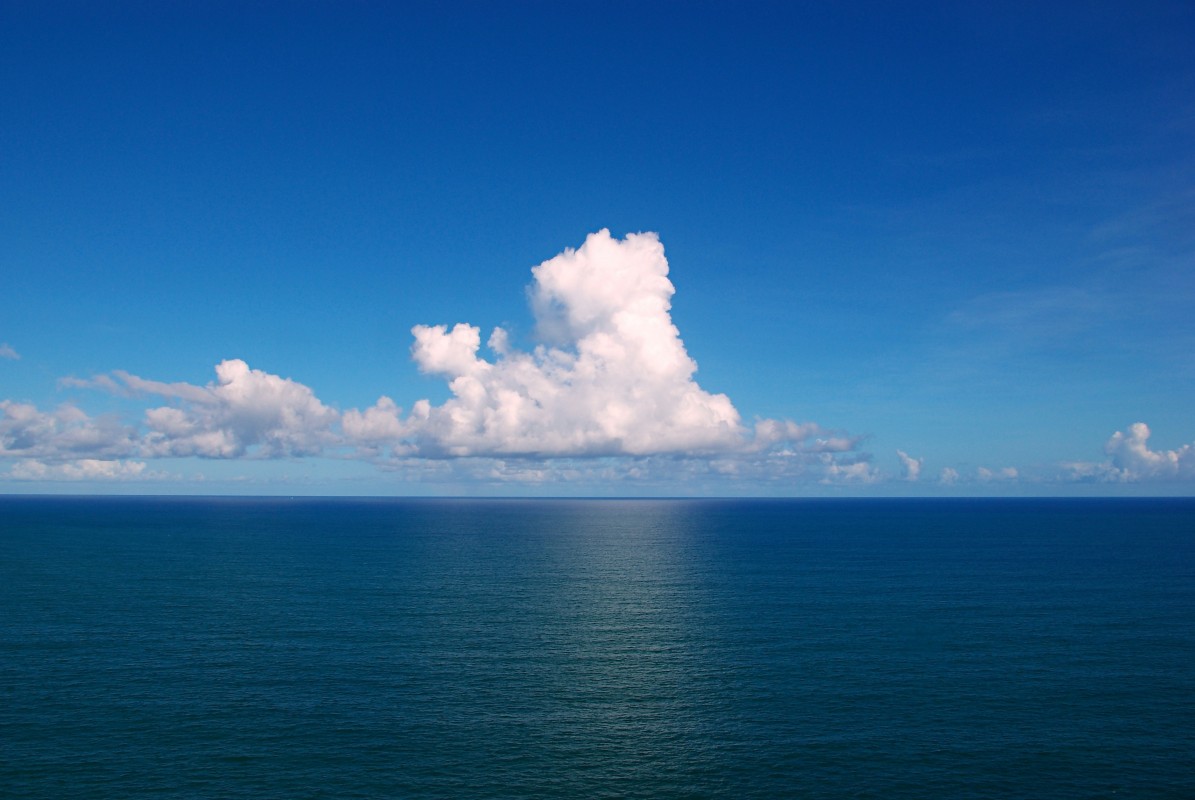 A little over a year ago, the second annual World Oceans Summit was held in California.
A little over a year ago, the second annual World Oceans Summit was held in California.
One of the main problems highlighted at the conference was that of Ocean Acidification – a natural phenomenon of the world’s water bodies absorbing carbon dioxide, that was threatening to go out of control.
A more recent study that analyzed data from 23 bio-regions around the United States of America has revealed that ocean acidification is particularly acute in 16 areas.
An increase in the levels of carbon dioxide in ocean waters could destroy marine ecosystems and severely affect shelled mollusks (oysters, clams, and scallops).
In the long run, this would financially hit several local businesses dependent on these species for their livelihood.
Effects of Ocean Acidification
Our oceans typically absorb a fourth of the carbon dioxide emitted into the atmosphere. This is why oceans are referred to as a ‘carbon sink’.
However, over the last century, the increased carbon dioxide emissions, and therefore the oceanic absorption have together upset the balance of calcium and carbonate in the water. The gas reacts with water turning it into a weak carbonic acid, and releases hydrogen ions into the water. The acidity of the water (pH) is measured by the number of hydrogen ions – the more the ions, the pH value drops, indicating acidity.
Why is this upsetting? Well, marine ‘shelled’ organisms like clams which use calcium and carbonate to build their shells, are suddenly short of their basic building materials. The shells become tender and the animals lose their natural protection. The livelihoods of people from the related fisheries are directly affected by declining populations.
In coastal areas, this problem is worsened by the discharge of river water also infused with carbon dioxide. Indeed, pH levels of the ocean have declined from around 8.2 (which remained stable for almost 600,000 years) to 8.1 in less than 200 years. Predictions for the next century indicate a further drastic drop in values.
Responses To The Study
On a global level, the problem of increased carbon emissions is a sensitive issue, with several countries pledging to lower or at least control their carbon output.
This study is, however, one of the first to directly study the ecological and economic impact of ocean acidification. The US shellfish industry is worth around $1bn annually. Vulnerable regions are located along the North-East coastline and in the state of Massachusetts. Areas along the Gulf of Mexico are also judged to be at high risk.
But no one needs panic yet. Now that the most vulnerable regions have been identified, efforts can be better directed at countering the effects of acidification. Researchers are proposing many options. This includes sealing off select fisheries from the wider ocean. Some fishing communities have been urged to diversify and cultivate more species so that they can have alternate sources of livelihood as well. Certain regions can even look at using lime or crushed shells to reduce acidity levels.
The next World Oceans Summit is to be held in Lisbon on June 3rd of this year. This should bring further awareness and cooperation at an international level to tackle and manage issues relating to ocean acidification.






